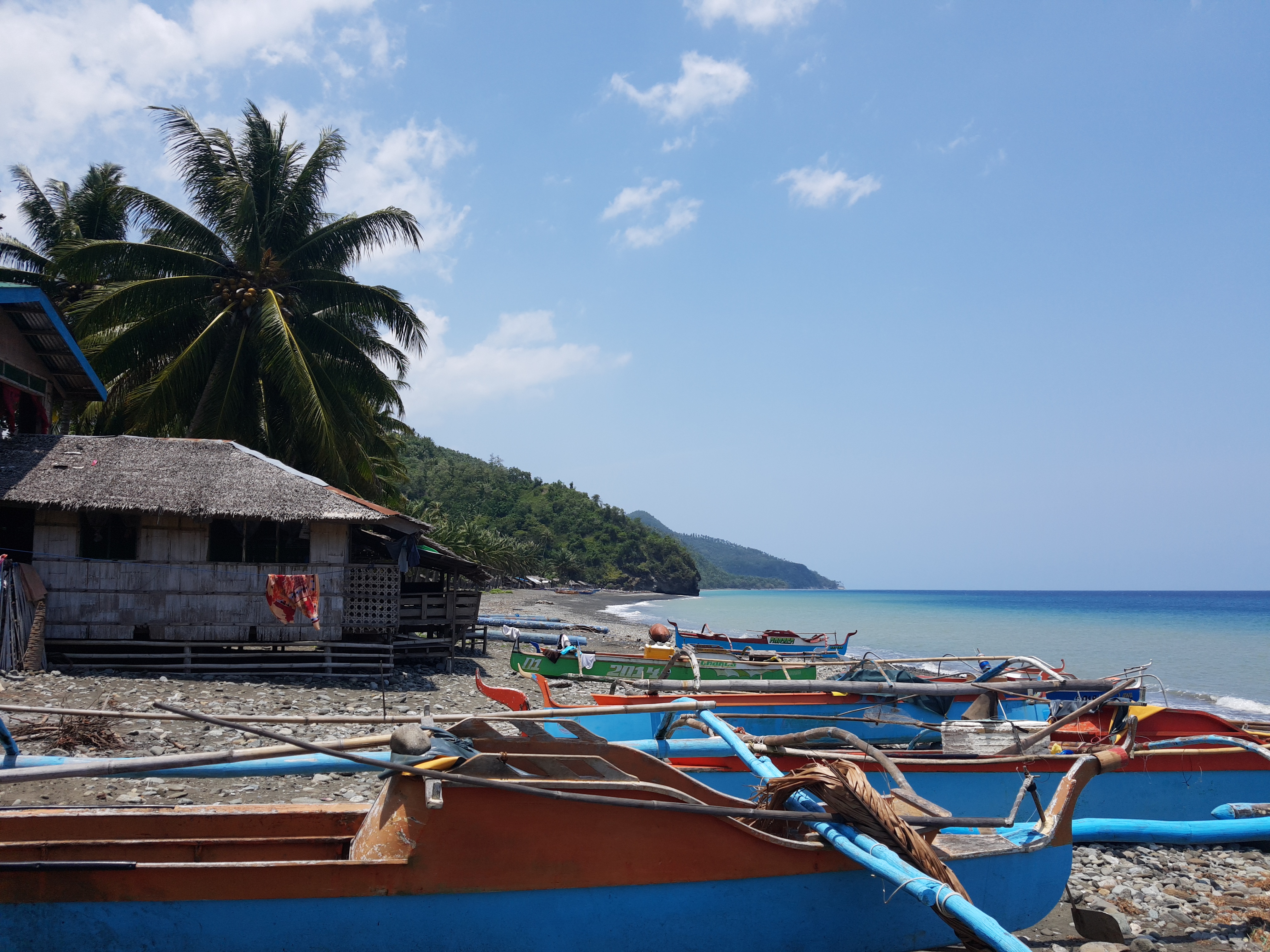Engine size and proportion of catch kept affects fish catch in Pujada Bay, Davao Oriental
DOI:
https://doi.org/10.59120/drj.v12i5.130Keywords:
Finfish, fisheries management, focus groups, Mati City, Pujada Bay`Abstract
This study aimed to calculate the catch per unit effort (CPUE) and determine the status of the finfish population in Pujada Bay. This was conducted through semi-structured interviews, focus group discussion, and validation of actual catch sampling/logbook information taken from the interviews. Fishers mostly catch bigeye scad (Selar crumenopthalmus), flat needlefish (Ablennes hians), horseface unicornfish (Naso fageni), purple eyebrowed tuskfish (Choerodon zamboangae), silver pomfret (Pampus argenteus), and African red snapper (Lutjanus agennes) in Barangay Tamisan and skipjack tuna (Katsuwonus pelamis) and yellowfin tuna (Thunnus albacares) in Barangay Macambol. Results relating socioeconomic and fisheries variables to catch did not produce significant results. Further analysis using regression showed that normal catch was influenced by engine size and the proportion of catch kept by fishers (P≤0.05). Analysis of CPUE of fishers in Tamisan also revealed significant differences with the best catch having the highest CPUE (1.57 kg/hr), normal catch (0.62 kg/hr), and worst catch (0.27 kg/hr) with haul time of 5.46 hours. This was also similar in the case of Macambol which showed significant differences in the catches e.g. best catch having the highest CPUE (7.08 kg/hr), normal (4.37 kg/hr), and worst catch (2.54 kg/hr) with haul time 9.23 hours. Most species caught in Pujada Bay between Tamisan and Macambol are piscivores, other species are molluscivores, omnivores, carnivores, planktivores, and herbivores. Engine size in horsepower and proportion of catch kept by fishers affected the number of fish caught.
Downloads
References
Alcala, A. C., and Russ, G. R. (2006). No-take marine reserves and reef fisheries management in the Philippines: a new people power revolution. AMBIO:

Downloads
Published
Issue
Section
License
Copyright (c) 2021 Arianne Kay O. Liguez

This work is licensed under a Creative Commons Attribution-NonCommercial 4.0 International License.
DRJ is an open-access journal and the article's license is CC-BY-NC. This license allows others to distribute, remix, tweak, and build on the author's work, as long as they give credit to the original work. Authors retain the copyright and grant the journal/publisher non-exclusive publishing rights with the work simultaneously licensed under a https://creativecommons.org/licenses/by-nc/4.0/.





